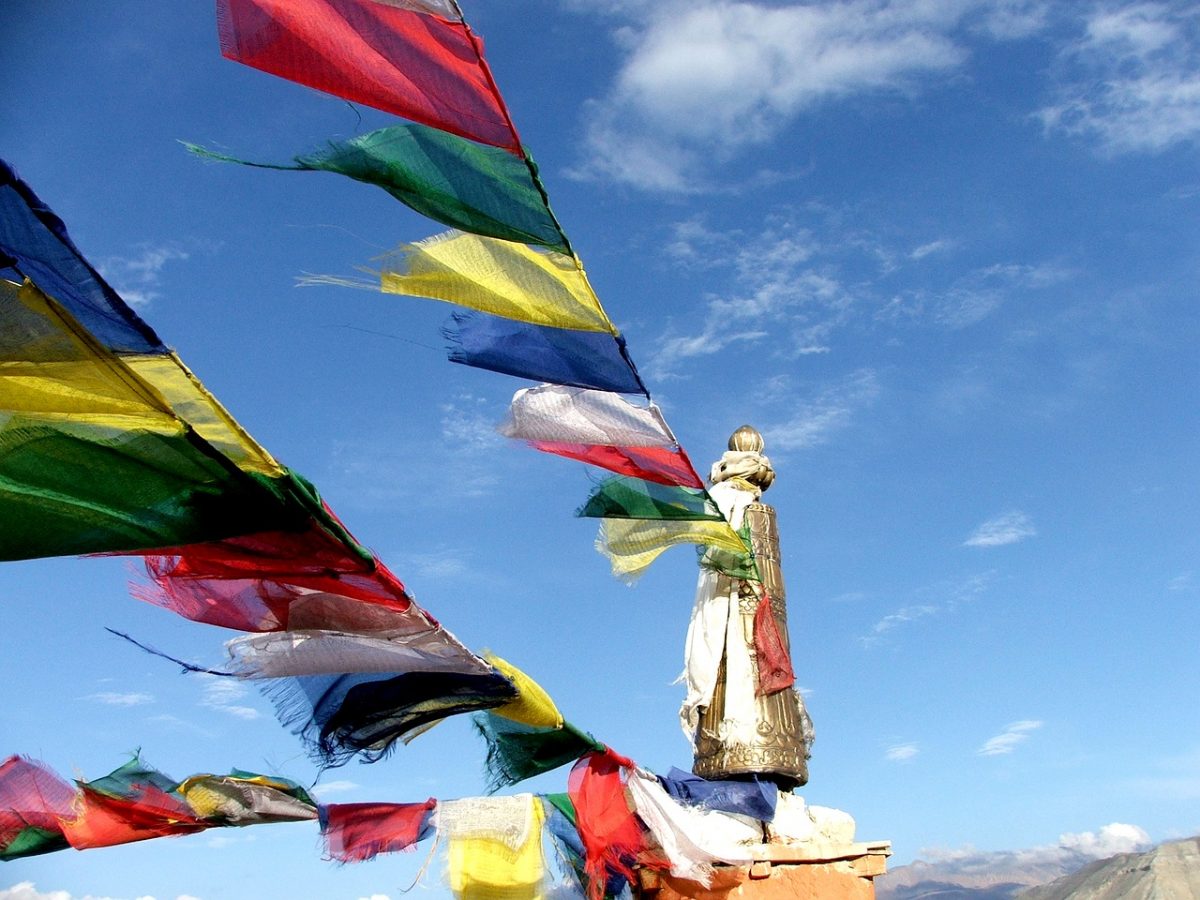Nepal is a landlocked country in Southern Asia, between the Tibet autonomous region of China and India. It contains 8 of the world’s 10 highest peaks, including Mount Everest, the world’s tallest, on the border with Tibet, and Lumbini, the birth place of Gautama Buddha, the founder of Buddhism.
A monarchy for hundreds of years, Nepal was declared a republic in June 2008.
Newars, the indigenous people of the Kathmandu valley follow both Hinduism and Buddhism. They can be classified into 40 distinct cultural groups, but all speak a common language called Nepal bhasa (Newa bhaaya). Newars use prevailing lingua francas to communicate outside their community: Nepali in the hills and Maithili, Bhojpuri and Awadhi in the Terai.
Visitors to Nepal generally associate the nation with snow-capped mountain peaks. Whilst there are over 90 peaks which lie above 7000m (22,966 ft), approximately one-third of the country is low-lying and subtropical. The nation’s altitude rises from less than 100 meters (328 ft) elevation in the tropical Terai (the northern rim of the Gangetic Plain) to Sagarmāthā (Mount Everest) the world’s highest mountain at 8,848m (29,029 ft).
Hindu castes migrated from Southern part of present day Nepal to Nepal after 11th century. The traditional Hindu caste system is based on the four Varna Vyawastha “the class system” of Brahman (Bahun) priests, scholars and advisors; Kshatriya (Chhetri) rulers and warriors, Vaishya (merchants); Shudra (farmers and menial occupations). However the middle Vaishya and Shudra are underrepresented in the hills, apparently because they did not have compelling reason to leave the plains while Muslim invaders tried to eliminate previous elites. Dalits seem to have accompanied the upper castes into the hills because they were bound by long standing patronage arrangements.
Traditional caste rules govern who can eat with whom, especially when boiled rice is served, and who can accept water from whom. Until the 1950s these rules were enforced by law.



